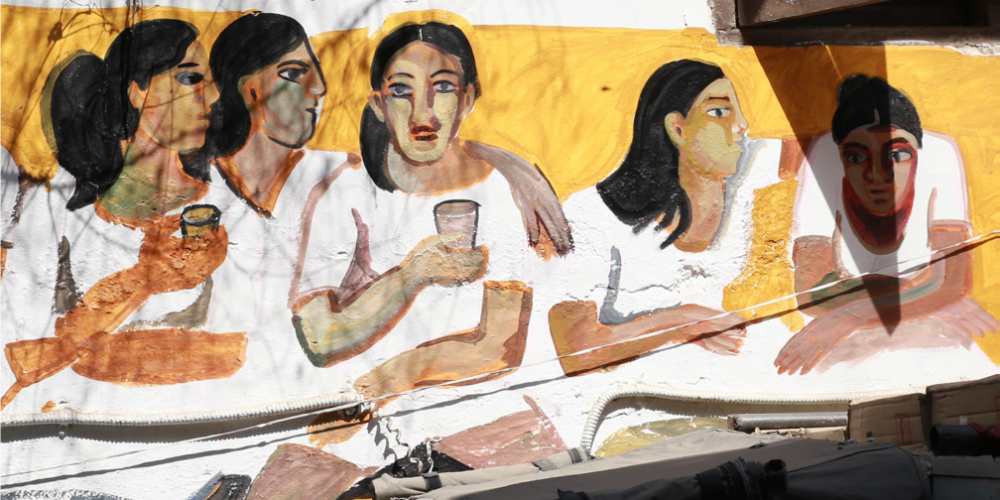
Creating the ‘New’ Asian Woman: Entanglements of Urban Space, Cultural Encounters and Gendered Identities in Shanghai and Delhi
This project analysed the new cultural geographies of gendered urban space in Delhi and Shanghai, focusing on ‘single’ women across their lifetime.
The neoliberal urbanisation in India and China means single women are increasingly visible in public, be it through media representations or in everyday life. Their presence is informed by repertoires of cultural encounter stemming from urban and national histories, globalised media landscapes and flows of capital, concepts and people.
Rapidly transforming urban centres such as Delhi and Shanghai, the sites for this research, are the backdrop to changing family patterns and the unravelling of ‘traditional’ social contracts because of migration, new work opportunities, delayed marriage, divorce, open homosexuality, and a growing leisure and consumer society.
Yet the resulting subjectivities are precarious. They are marked by unbalanced power relations reflecting moral panics. These are centred on discussions of ‘westernisation’ and associated perceived lapses in standard gendered behaviour, and of spaces such as the domestic and the public.
SINGLE used ethnographic, mobile and visual methodologies to explore these concerns. The project documented the experiences of single women in Delhi and Shanghai. ‘Singleness’ included temporal and spatial understandings. The research sites were linked by a conceptual framework centred on transcultural analysis and cross-cutting the following themes:
- class
- governance
- precarity
- the shifting boundaries of public and private space
The project allowed for an exploration of the specific as well as similar trajectories and experiences of both cities, extending scholarship in comparative urban theory through interdisciplinary and multi-sited research.
The project also extended work in the digital humanities, using a state-of-the-art online platform for both analysis and the creation of an interactive public gallery. Visual methods were central to this work and collaboration with artists in Shanghai and Delhi, which resulted in public events in Shanghai, Delhi and Leiden.
Prof. Christine Brosius
Project Leader
University of Heidelberg
Germany
Project Partners
Prof. Christine Brosius
Project Leader
University of Heidelberg
Germany
Dr Melissa Butcher
Open University
United Kingdom
Prof. Jeroen De Kloet
University of Amsterdam
Netherlands